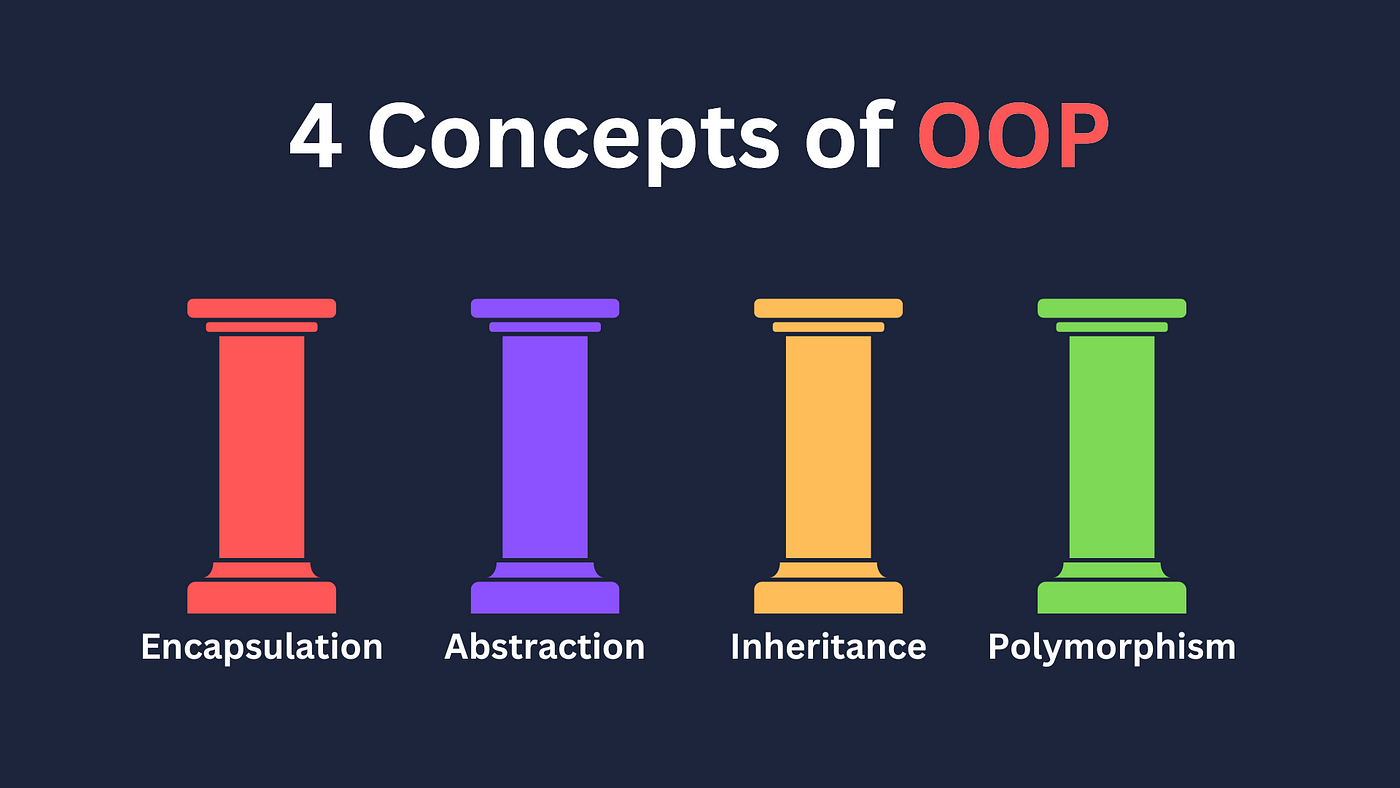
What is OOPs and Why Do We Need?
April 21, 2024OOPS stands for Object-Oriented Programming (OOP). It's a programming paradigm that revolves around the concept of "objects," which can contain data (attributes or properties) and code (methods or functions). The primary goal of OOP is to structure code in a way that mirrors the real world, making it easier to understand, maintain, and scale.

Here's why we need OOP:
Modularity: OOP allows you to break down a complex problem into smaller, more manageable parts called objects. Each object encapsulates its own data and functionality, making it easier to understand and maintain the code.
Reusability: Objects and classes can be reused across different parts of an application or even in different projects. This promotes code reuse, which reduces redundancy and saves development time.
Abstraction: OOP allows you to abstract away complex implementation details and focus on the essential features of an object. This makes the code more readable and easier to work with, especially for large and complex systems.
Inheritance: Inheritance allows you to create new classes based on existing ones, inheriting their attributes and methods. This promotes code reuse and helps in creating a hierarchical structure of classes, improving code organization and maintenance.
Polymorphism: Polymorphism allows objects of different classes to be treated as objects of a common superclass. This enables code to be more flexible and adaptable to different types of objects, improving code reusability and readability.
Overall, OOP provides a powerful and flexible way to design and organize code, making it easier to develop complex software systems while promoting code reuse, maintainability, and scalability.

Types of OOP Languages:
- Class-based OOP: In class-based OOP, objects are instances of classes, which serve as blueprints for creating objects. Classes define attributes and methods shared by all instances of that class. Examples of class-based languages include Java, C++, and Python.
- Prototype-based OOP: In prototype-based OOP, objects inherit directly from other objects without the concept of classes. Objects serve as prototypes for creating new objects, and inheritance occurs through cloning existing objects. JavaScript is a popular prototype-based language.
In conclusion, Object-Oriented Programming (OOP) is a fundamental paradigm that revolutionizes software design by organizing code around objects, encapsulation, inheritance, and polymorphism. By adhering to OOP principles, developers can create modular, reusable, and scalable software systems that are easier to understand, maintain, and extend.
The core principles of OOP—encapsulation, abstraction, inheritance, and polymorphism—provide a solid foundation for building complex applications while promoting code organization, reusability, and flexibility. Whether you're working with class-based languages like Java or Python, or prototype-based languages like JavaScript, understanding OOP is essential for mastering modern software development.
By embracing OOP, developers can unlock the full potential of their programming skills, fostering innovation, efficiency, and reliability in the ever-evolving world of technology.
In the journey of mastering programming, Object-Oriented Programming stands as a cornerstone, guiding developers towards creating elegant, efficient, and adaptable solutions to real-world problems.